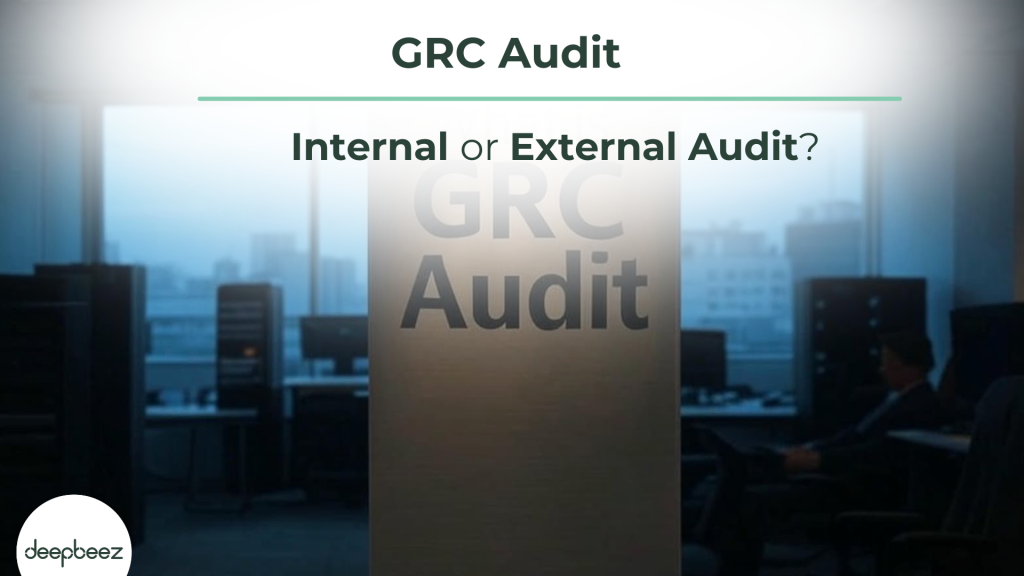What does GRC audit mean? In simple terms, a GRC audit is a thorough review or inspection of an organization’s Governance, Risk Management, and Compliance practices and its overall GRC framework. Are you feeling overwhelmed by the complex world of governance, risk management, and compliance? You’re not alone! Many organizations struggle to navigate this challenging landscape. Whether you’re preparing for your first audit or looking to improve your existing processes, this guide has you covered.
